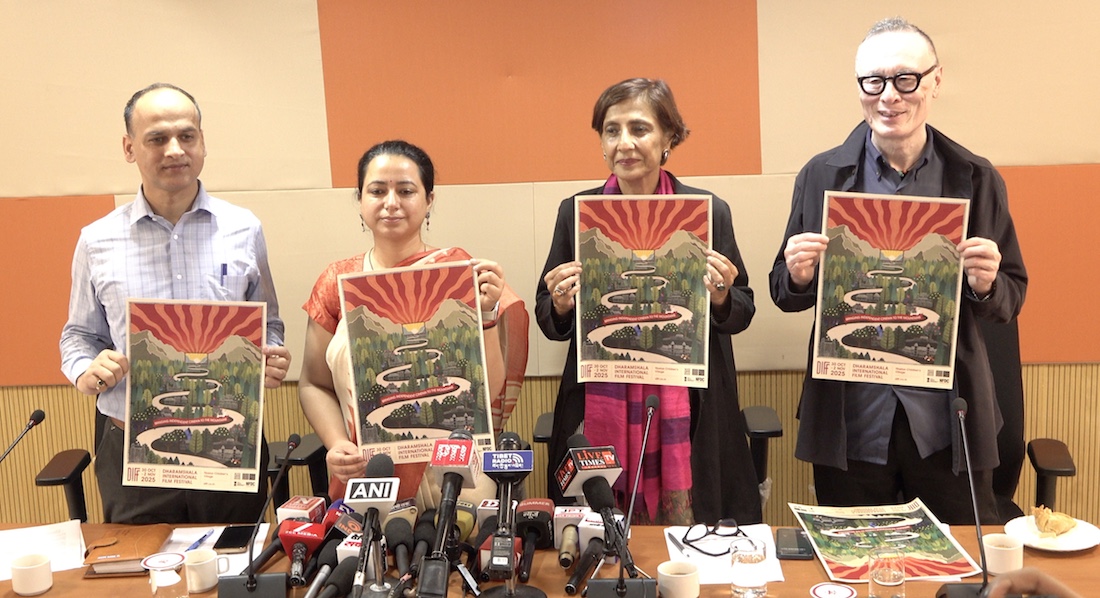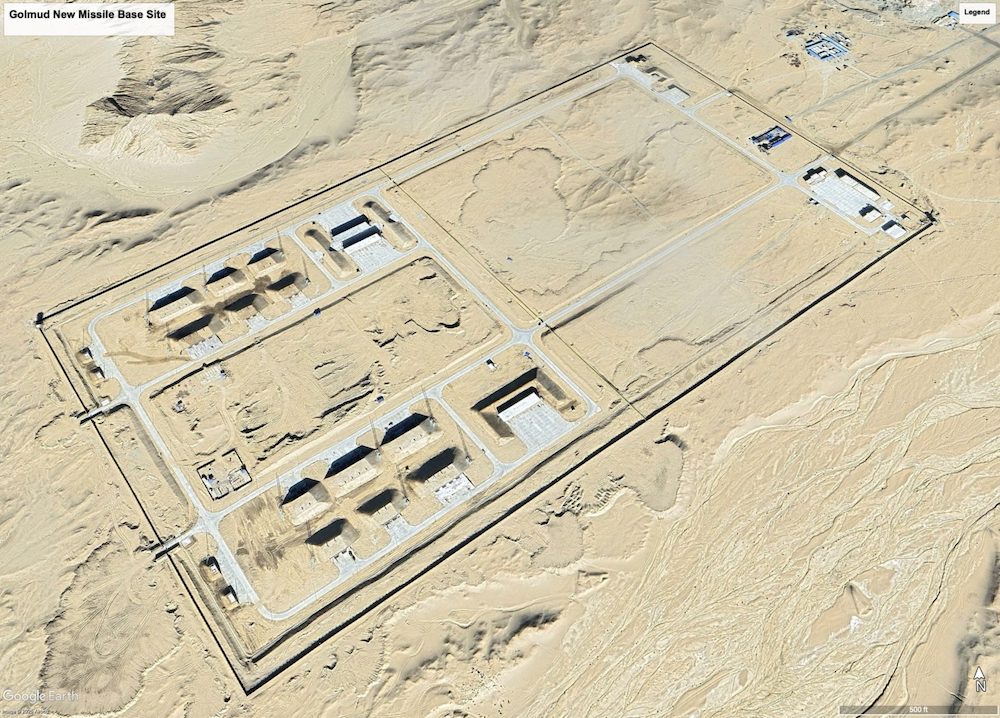By Tenzin Monlam
 DHARAMSHALA, November 5: The Core Group for Tibetan Cause, a body representing several Tibet Support Groups in India, has accused Beijing of turning the Tibetan Plateau into a ‘vast military zone’ at the 5th All India Tibet Support Groups conference in Guwahati, Assam.
DHARAMSHALA, November 5: The Core Group for Tibetan Cause, a body representing several Tibet Support Groups in India, has accused Beijing of turning the Tibetan Plateau into a ‘vast military zone’ at the 5th All India Tibet Support Groups conference in Guwahati, Assam.
Over 180 representatives from various Tibet Support Groups across India attended the two day meeting organized by Core Group for Tibetan Cause (CGTC) to deliberate, discuss and strategize on strengthening the Tibetan movement on Nov. 2.
The Tibetan Prime Minister Lobsang Sangay, Shri. R. K Khrimey, Dr. N.K Trikha, Information and International Relations Minister Dicki Chhoyang, among others, were present for the inaugural function on Monday.
Expressing concerns over the deployment of large number of Chinese troops along the Indian border the CGTC said, “China has turned the once peaceful and buffer state between India and China into a vast military zone. The militarization of the Plateau profoundly affects the geopolitical balance of the region, which causes serious international tension, particularly in the Indian sub-continent.”
The apex coordinating body of Tibet Support Groups all over India claimed that Chinese authorities have build ‘17 secret radar stations, 14 military airfields, eight missile bases with eight Intercontinental Ballistic Missiles and 20 intermediate range missiles.’
The Tibetan leader His Holiness the Dalai Lama in a videotaped message for the conference said, “The fragile natural environment of the Tibetan highlands is also of concern to all of us. The way the grasslands and extraction of minerals are managed affects how Tibetans live. However, the snow, glaciers and permafrost on the Tibetan plateau influence climate change comparable to the North and South Poles. In addition, several of Asia’s great rivers, including those that flow across North India, rise in Tibet. They provide precious water to millions. Therefore, protection of Tibet’s ecology has global implications.”
The Tibetan PM Sangay on Monday told the participants of the meeting that the construction of dams by China on rivers originating in Tibet, including the Brahmaputra, would have serious implications on livelihood and ecology in India’s Northeast and other Asian nations downstream.









